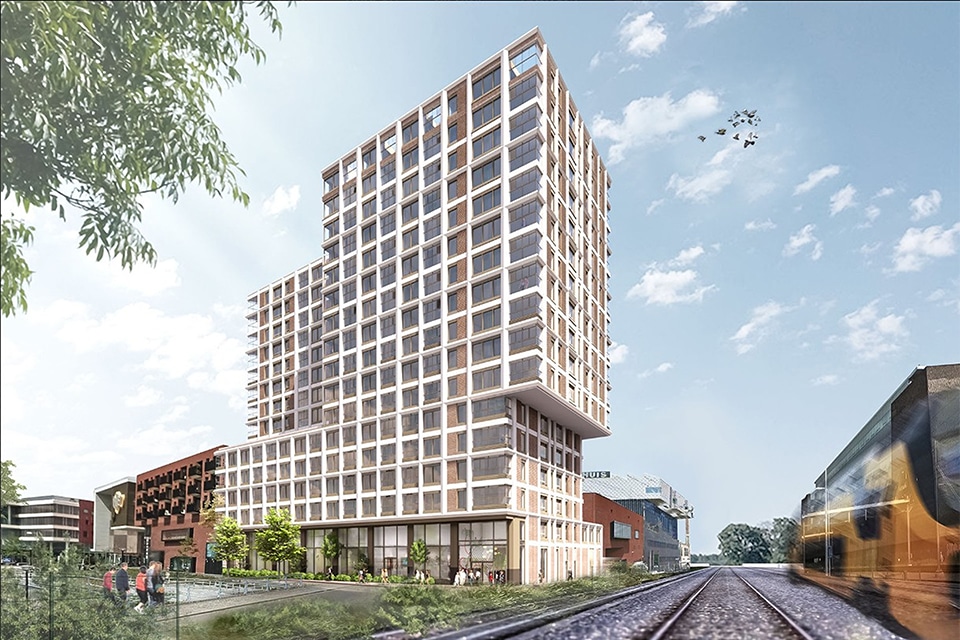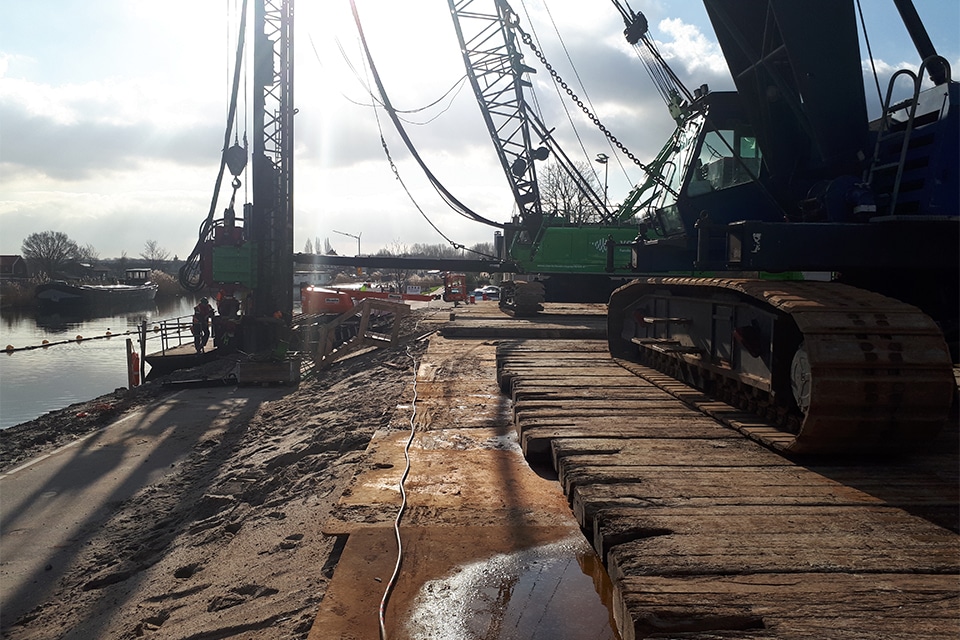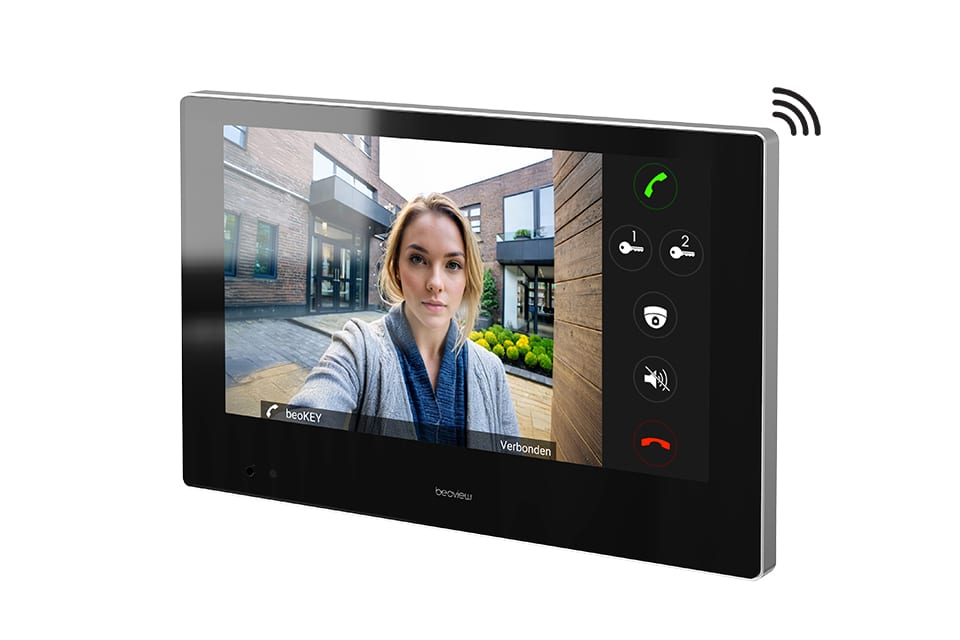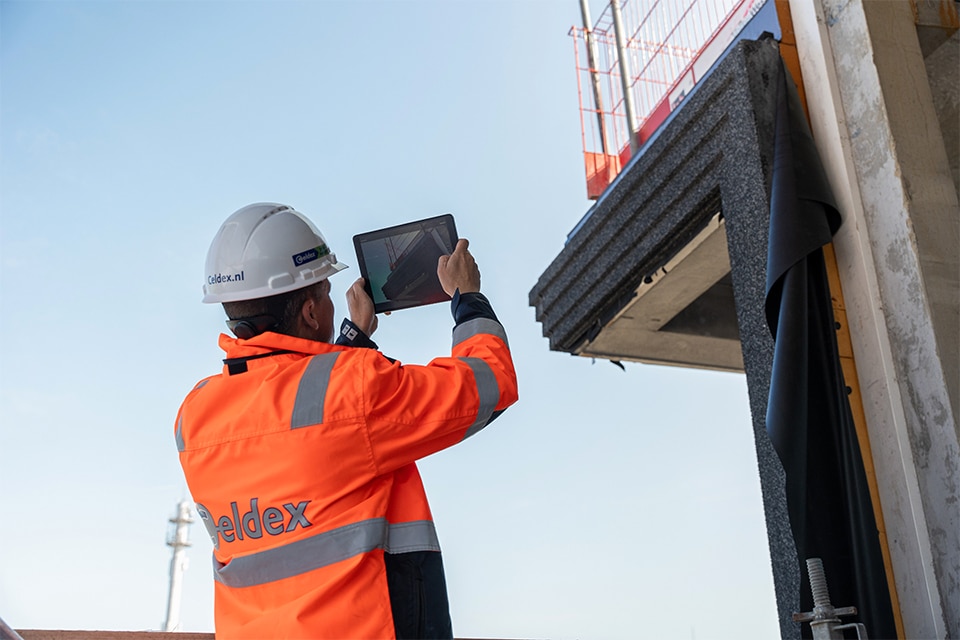
'Automating intralogistics processes starts at the design stage'
Most logistics service providers switch from a static to an automated (high bay) warehouse only once in their career. So it makes sense that their knowledge in this area is limited. "But many consulting firms, structural engineers and contractors are also still used to the static warehouse, in which (floor) loads can be easily calculated," explains Steve Vercammen, Sales Manager Automated Solutions at SSI SCHAEFER. "Now that the demand for (semi-)automatic solutions is rising, the market is facing considerable challenges. When automating intralogistics processes, technology has an essential influence on how buildings should be designed. SSI SCHAEFER is at home in this area and is happy to act as a project partner; from initial discussions through to installation, operation and maintenance."

Whether companies want to store small goods, bulky goods or pallets: SSI SCHAEFER offers a wide range of complete intralogistics solutions for storage, transport, picking, handling and robotisation of pallets, totes and crates. From manual and semi-automatic storage systems to fully automated warehouses. "What sets SSI SCHAEFER apart is that we manufacture all warehouse solutions ourselves," explains Vercammen. "This assures customers of a single project partner for the complete system. But also from perfect quality assurance, from advice and design to assembly, management and maintenance. And because we operate (inter)nationally, we can also facilitate expansion projects perfectly."
Flexible in size and layout
"Warehouse design always involves customization," said Vercammen. "Fortunately, most customers contact us at a very early stage so that we can perfectly coordinate customer wishes and construction conditions. In a construction team with the customer, architect, structural engineer and consultant, we invariably look for the best room layout. But also for the best operation: manual, semi-automated or fully automated. After all, an automatic warehouse has different requirements than a static warehouse." The design of an automatic warehouse determines the building design and not the other way around, he emphasizes. "This must take into account floor thicknesses, locations for building columns, available heights, utilities, fire safety and the integration of a technical work area, control room and/or spare parts warehouse, among other things. An intralogistics integrator is indispensable in this case. Because we are flexible in length, width, height and layout, we can recommend and realize a suitable technical solution for every warehouse."

Faster, better and more efficient
Anno 2022, SSI SCHAEFER sees a growing demand for automated warehouses that no longer require people. "With our Logistic Solutions (LS), we are responding to the huge shortage of warehouse workers. We make order picking processes faster, better and more efficient, enabling companies to continue their growth even in this challenging market," explains Juul Janssen, Marketing Specialist Belgium and the Netherlands at SSI SCHAEFER. According to Janssen and Vercammen, a classic automation project easily takes two to three years from initial discussions to commissioning. "Companies that want to automate within three years must therefore take action now."
Self-supporting warehouse
Moreover, due to a shortage of available space, the demand for high-rise warehouses is growing. "Not surprisingly, because this allows the highest density in storage to be achieved," Vercammen said. "However, high-rise warehouses also bring specific challenges. Among other things, wind, snow and rainwater loads increase and require large columns, which negate the free building layout. Here too, SSI SCHAEFER offers a solution. Our steel racking systems can be engineered to act as a steel load-bearing structure. This creates a self-supporting warehouse, also known as silo construction, to which the facade and roof construction can be directly attached. This technique is already widely used today within large refrigerated/freezer warehouses."
A piece of history...
The SSI SCHAEFER success story begins as early as 1937, when Fritz Schäfer founded a company for the production and sale of steel sheet metal products. "The big breakthrough followed in 1953 with the introduction of the Lager-Fix storage bin," says Janssen. "Thanks to the unique bin design with sloping front opening, small goods products became even easier and faster to access. Moreover, the bins could easily be stacked. In the years that followed, the design was constantly optimized. Both of the bins and the steel racks. New markets were also entered and various companies were acquired, creating a total supplier for intralogistics. SSI SCHAEFER is now at home in all industries: from health & care to fashion, food & beverage, retail and industry, each of which requires its own specific solutions."
Working together on modern customer solutions
Last June, SSI SCHAEFER employees moved into new, state-of-the-art company premises in Oosterhout, which offer even more opportunities for collaboration in project teams. "Because that is absolutely necessary in today's market to develop modern customer solutions," says Janssen. Part of the new building is the Training & Experience Centre, where (potential) customers can experience the manual and semi-automatic storage systems from SSI SCHAEFER with no obligation. If the warehouse is fully automated, the sales consultants will be happy to take you to one of the many reference projects.



